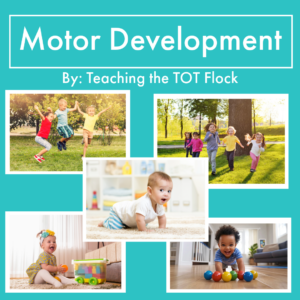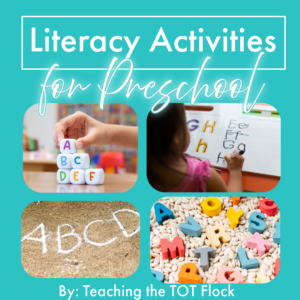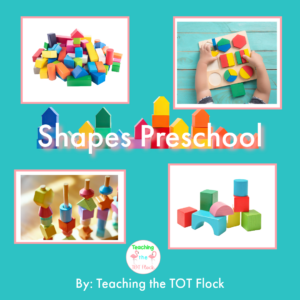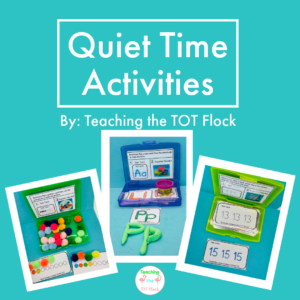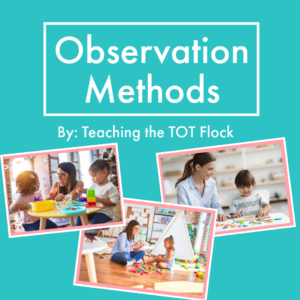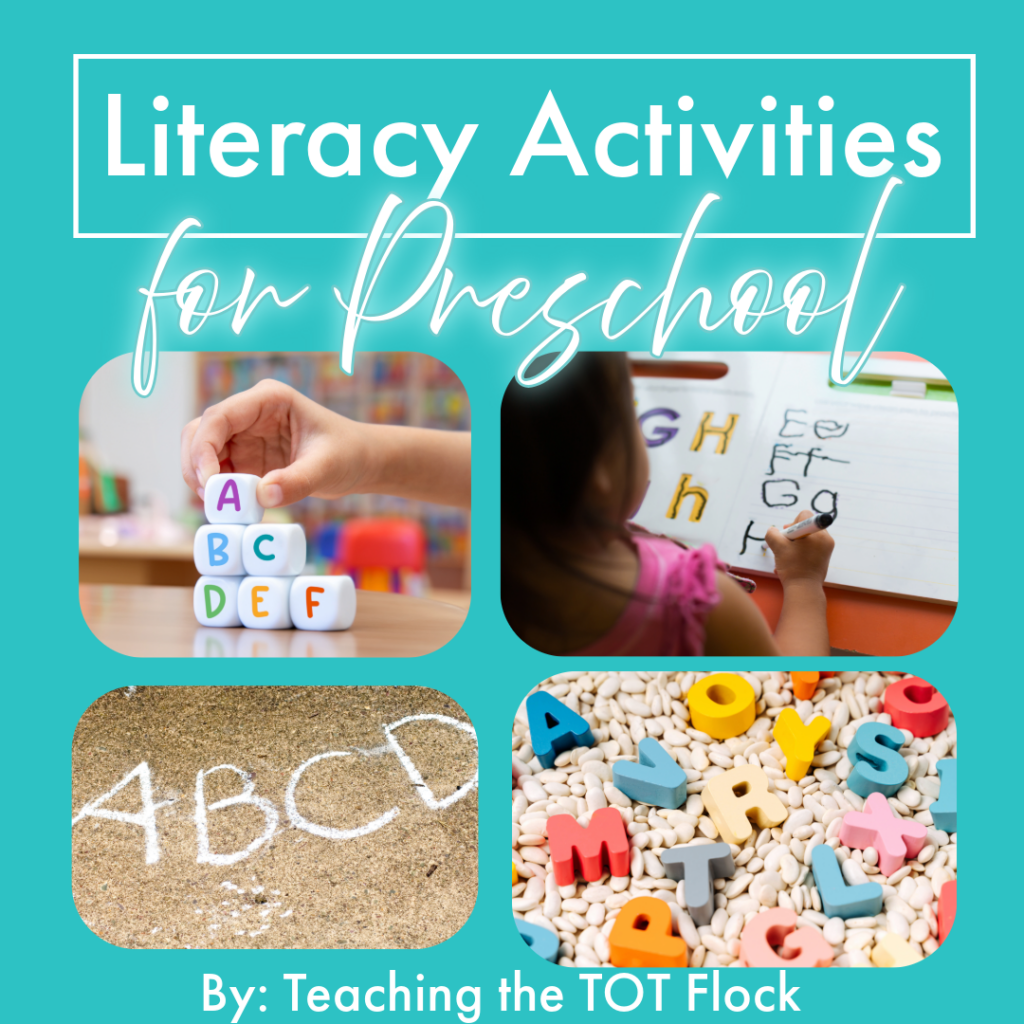
Literacy activities for preschool can help lay the foundation for future literacy success. The layers of literacy start with letter recognition, phonemic awareness, learning for meaning, and communication skills for understanding and engagement with others. Some key aspects of developing literacy skills include phonological awareness ( sounds), print awareness, story comprehension, vocabulary, and oral communication. There are various ways to help teach and build on these key aspects that can keep children interested and engaged with literacy.
Letter Recognition Activities
Most classrooms have a print-rich environment that aids letter recognition activities. Children can see the labels for the various toys on the shelves and start to recognize the letters with the most meaning to them. Some activities enhancing letter recognition include letter flashcards, letter cards for sensory, writing practice, and posters. When using these specific resources you can teach the letter sound in isolation to help introduce the letter. Choosing letters that are in children’s names is a great way to start teaching about the alphabet. Other ways to promote literacy skills in the classroom are reading books aloud, interactive storytelling, labeling objects, singing songs and rhymes, and play-based learning.

Literacy Activities Preschool
There is an endless list of literacy activities preschool if you look you will find more activities than you may need. The list can be overwhelming here are some activities that can be used in the classroom to enhance literacy in learning. Sand letter cards and playdough mats are a great first step when starting a literacy program in your classroom. Letter puzzles can also be used to help children be familiar with letters. Some puzzles can include objects that start with a letter to help teach association. Using an interactive notebook can also make learning the letters fun and build a letter book.
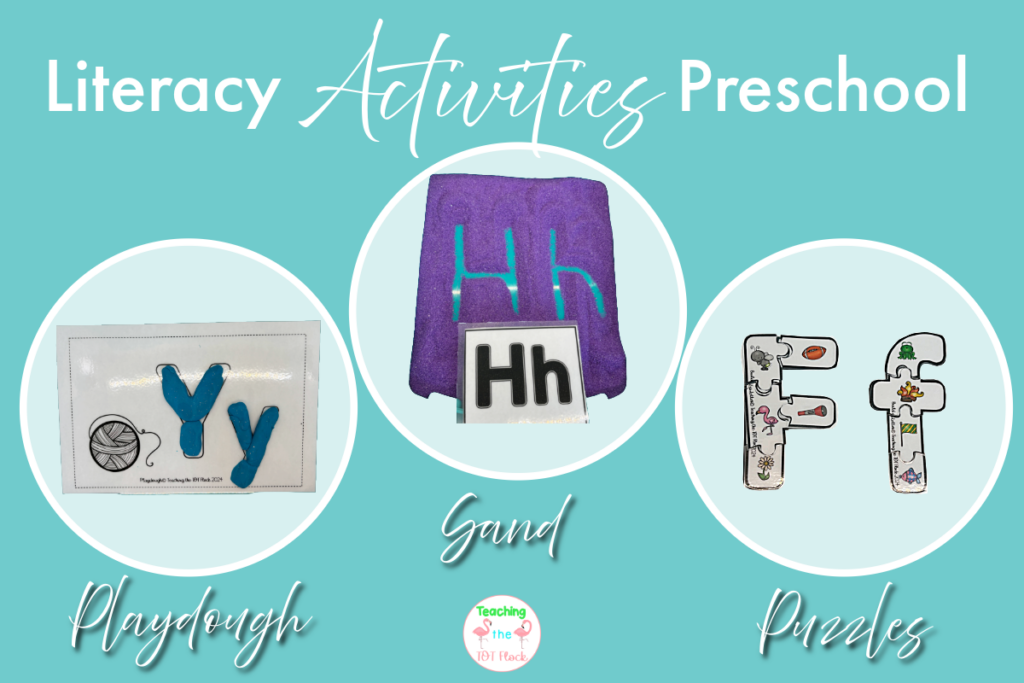
There are many developmental benefits to teaching literacy: boosts thinking, problem-solving skills, communication, working with others, and emotional development. Reading and writing activities can help brain development by improving problem-solving skills and memory retention. Children learn from early literacy exposure which helps boost vocabulary and oral communication skills. Children can learn from stories to help to increase social and life skills.
Letter Activities
The many ways to teach letters can make letter activities fun for any child to want to engage and participate in. Some easy ways of teaching letters are by reading books, playing with alphabet puzzles, and doing printable activities. We can also add sensory integration by using kinetic sand, playdough, or colored sand to help boost letter formation skills. When we work on letter activities we help children to learn how to read and write by making the connections between letters and sounds.
So why should we teach letters anyway? Teaching letters helps develop reading skills, this can also help those who might end up having difficulty with reading later. Developing phonics skills by teaching the letter sounds. Supports writing skills by practicing letter formation and learning that letters can make up words for meaning. When we factor all of these reasons for the “why” to teach letters we see that a child’s knowledge of letter names and shapes is a strong predictor of their future success in learning to read.
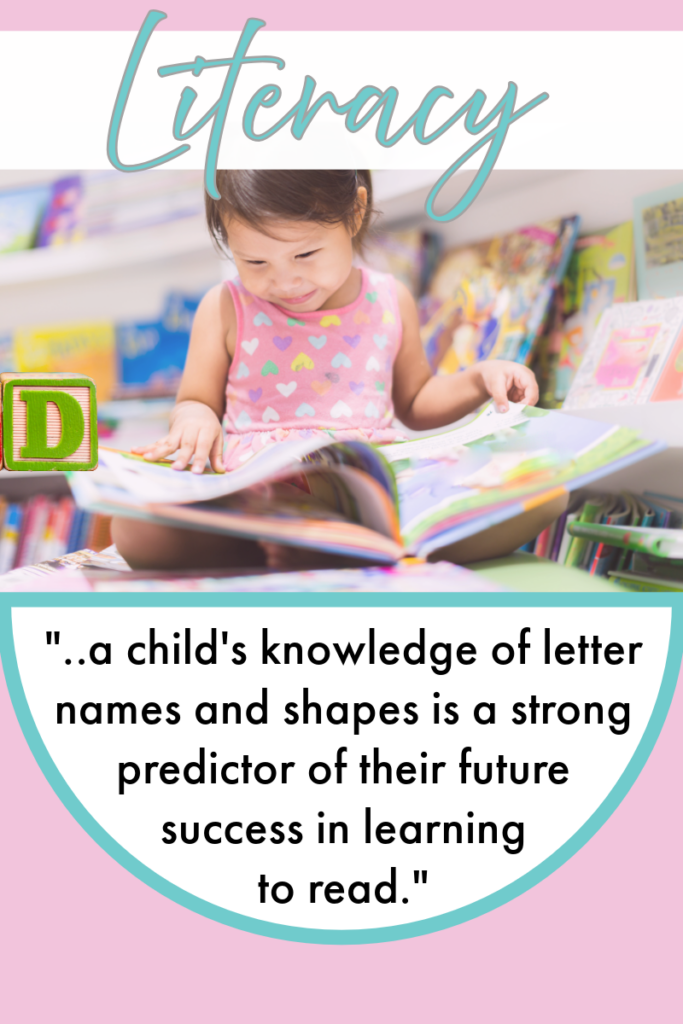
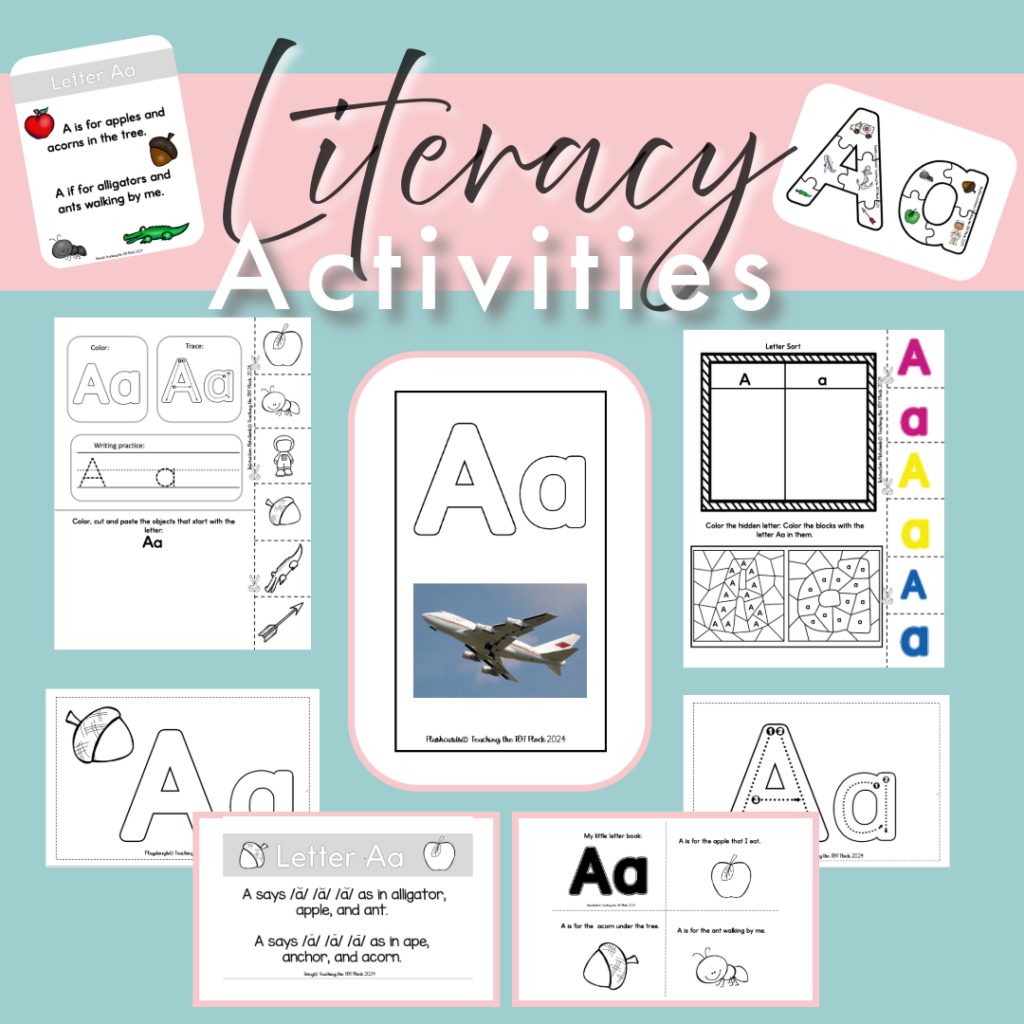
Related Resources:
Fridge Phonics
https://store.leapfrog.com/en-us/store/p/fridge-phonics-magnetic-letter-set/_/A-prod19267
Creating a Playful, Literacy-Rich Preschool Environment
https://www.naeyc.org/resources/blog/creating-playful-literacy-rich-preschool-environment
Pinterest Inspired
Toddler Literacy Ideas
https://www.happiestbaby.com/blogs/toddler/literacy-activities-toddlers-preschoolers

